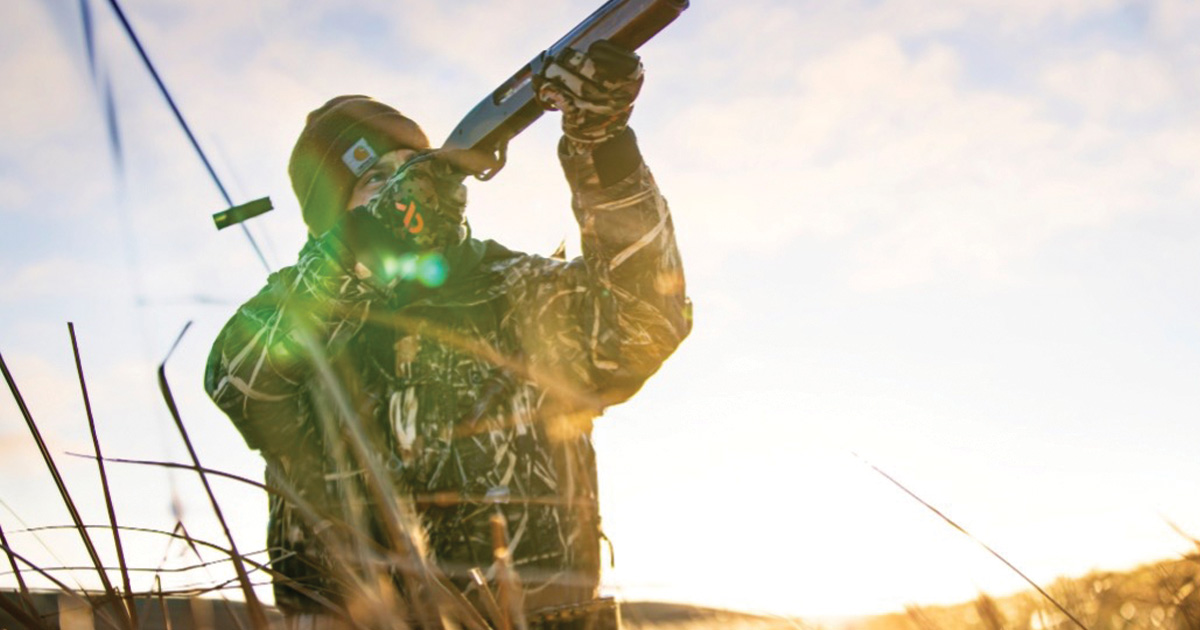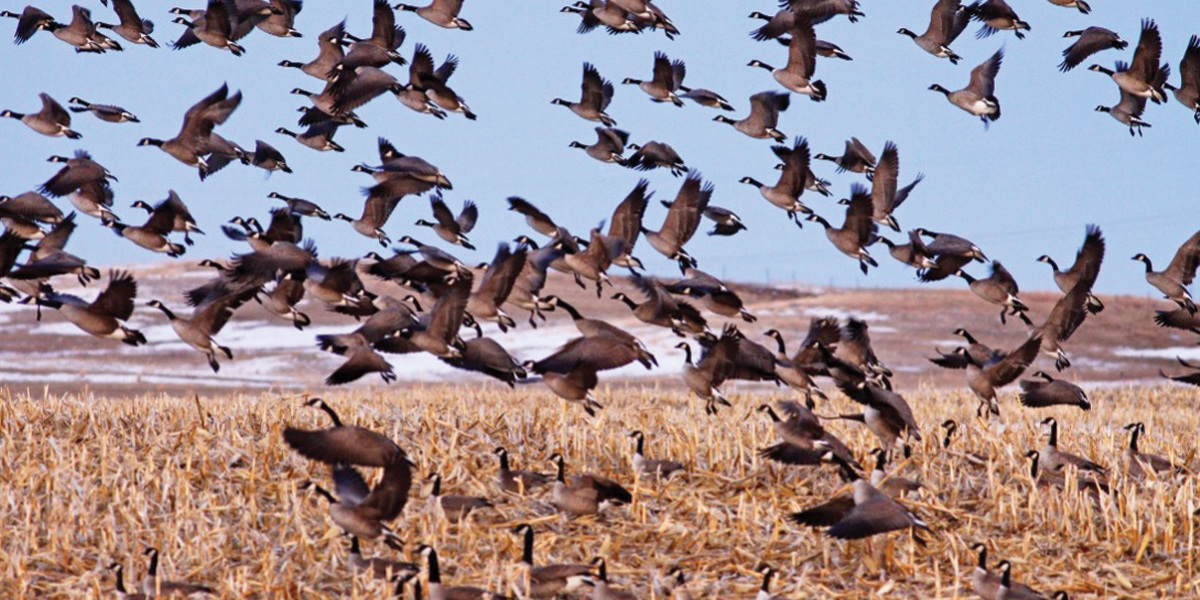Hello, Hunters. Welcome to the Duck Factory.
North Dakota is the still the place for waterfowl hunting
North Dakota is the still the place for waterfowl hunting

This article is provided by North Dakota Tourism as part of a Sponsored Content program. Ducks Unlimited editorial staff played no role in creating this content.
North Dakota’s breeding duck numbers held strong in 2023, setting us up for a good hunting season this year. The wildlife management agency conducts extensive surveys and monitoring programs to assess waterfowl populations and track trends over time to ensure the long-term sustainability of duck populations in the state. The annual spring breeding duck survey conducted by North Dakota Game and Fish showed an index of nearly 3.4 million birds. Overall, while fluctuations occur, North Dakota's duck population remains robust, with the latest count indicating a strong population 39% above the long-term average, recorded since 1948.
Find world-class waterfowl and upland game hunting in North Dakota.
North Dakota is the leading state for duck production. The state serves as a vital breeding ground for waterfowl, particularly ducks, due to its extensive wetlands and prairie potholes. The wetlands remain 76% above the long-term average and North Dakota’s local breeding population is holding steady. That means North Dakota is still the place for waterfowl hunting.
The state is situated within the heart of the Central Flyway, a major migratory route for waterfowl traveling between their breeding and wintering grounds. It is one of the busiest routes for birds of all feathers heading between northern Canada and the Gulf Coast or beyond. Millions of ducks migrate to North Dakota to nest and raise their young, due largely to the state's abundant water resources and diverse habitats. Mallards, pintails, gadwalls, and teal are among the most common duck species found in the region. Hunters should especially look for localized concentrations of ducks and geese as the migration ramps up.

With so many species, North Dakota is where the duck hunting action is. Learn more.
Duck species are diverse in North Dakota, with daily and possession limits on mallards, scaup, wood ducks, redheads, pintails, canvasbacks, blue-winged teal and mergansers.
In the Game and Fish Department’s July 2023 brood survey, observed broods showed a nominal increase from 2022. Most species of ducks saw indices climb from 2022 with only three species decreasing. Green-winged teal saw the largest increase at 71%, followed by wigeon with a 58% climb. Pintails responded to excellent nesting conditions and increased 47% despite struggling elsewhere. The three species with decreases were scaup (-23%), mallards (-9.8%) and blue-winged teal (-4.4%). All other species saw increases ranging from 12% for shovelers to 19% for canvasbacks.
Following last year’s record number of Canada geese in breeding areas, the 2023 survey brought a decrease of 23%. Still, hunters should find good opportunities for Canada geese, Ross’s geese and light geese consisting of snow geese and blue geese.
Tundra swans and sandhill cranes also have annual hunting seasons in North Dakota for resident or non-resident hunters. Special permits are required for both, and tundra swans have a bag limit of one tagged bird with a lottery-drawn license.

North Dakota is a waterfowl superhighway. Learn more.
Hunters also find plenty great places to hunt, including wildlife management areas, PLOTS (Private Lands Open to Sportsmen), state school lands and approximately 263,000 acres of waterfowl production areas.
To find these areas, the most up-to-date information is available through the North Dakota Game and Fish website in their PLOTS Guide Viewer and apps including ArcGIS Explorer, OnX Hunt and Avenza.
No hunting is allowed without permission from the landowner or lessee on private lands that are legally posted either with physical signs or electronically. Unposted private lands (not physically or electronically posted) that are not otherwise restricted to hunting by law may be hunted without landowner permission.
Non-resident regular seasons for ducks and geese typically begin in early October. With the early arrival of migrating Canada geese (as well as the resident bird population), an early Canada goose season typically opens in mid-August, depending on expected numbers. Official dates are published in August by North Dakota Game and Fish.
The daily bag limit on ducks and mergansers has been six in recent seasons. To count their six total, hunters may harvest a combination that includes up to five mallards (limit of two hens); up to three wood ducks; up to two redheads; up to two canvasbacks; and no more than one scaup and one pintail. Mergansers and nine other duck species including pintails, shovelers and ruddy ducks must also be counted in the total duck limit with no further species-specific restrictions. Possession limits are three times the daily limit.
Across North Dakota, sporting goods stores and convenience stores alike offer licensing and printed resources on the spot. For convenience and the latest, most complete information, North Dakota Game and Fish offers online licensing, map resources, proclamations and guides. Outfitters, lodging and more services can be found on the state tourism website.
Link to free guide above.
This content is a paid advertisement from North Dakota Tourism.
Ducks Unlimited uses cookies to enhance your browsing experience, optimize site functionality, analyze traffic, and deliver personalized advertising through third parties. By continuing to use this site, you agree to our use of cookies. View Privacy Policy